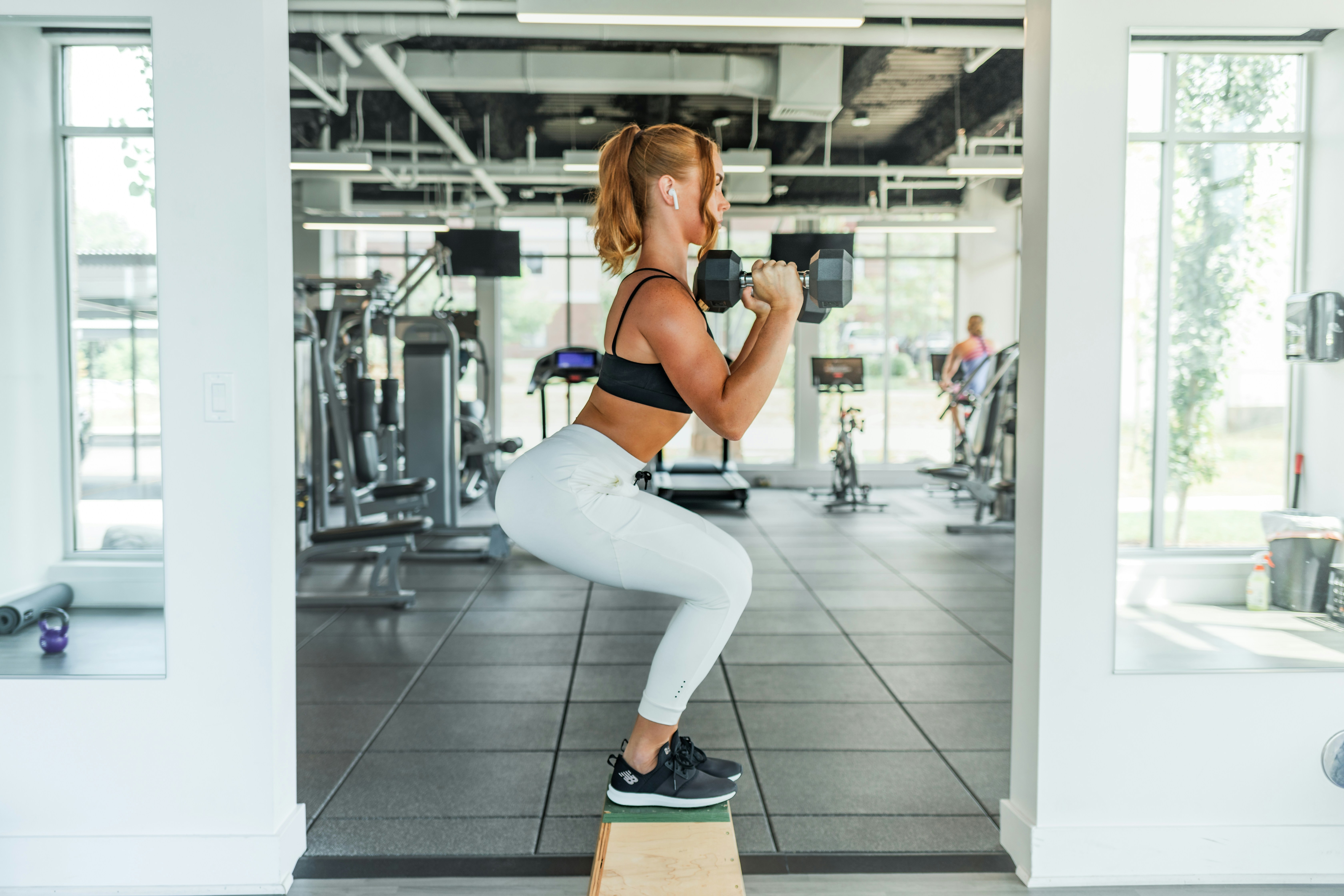The Evolution and Influence of Functional Fitness
The world of beauty and fitness is dynamic, constantly evolving, and adapting to the changing needs and desires of consumers. One topic that has been gaining traction recently, but has not been extensively covered, is functional fitness. This article delves into the historical context, key developments, and current trends of functional fitness. It also explores its benefits, market relevance, and industry impact, supported by evidence-based claims and recommendations.

The Genesis of Functional Fitness
Functional fitness is a style of training that prepares the body for real-life movements and activities, as opposed to isolating specific muscles or focusing solely on aesthetics. It originated from rehabilitation exercises used by physical therapists to help patients recover from injuries and return to their daily tasks. Over time, these methods were adopted by fitness professionals and integrated into mainstream workout routines.
Pioneers and Evolution
The concept of functional fitness started gaining popularity in the late 1990s. Fitness professionals like Gray Cook and Paul Chek were among the early pioneers who introduced functional training to the masses. Their methods were geared towards enhancing the body’s ability to function optimally and handle real-life physical challenges.
As the 21st century unfolded, functional fitness began to evolve. It became less about specific exercises and more about the principles of movement. The focus shifted to training movements, not muscles, and this marked a significant departure from traditional fitness practices.
Current Trends in Functional Fitness
Today, functional fitness is a dominant trend in the fitness industry. It is characterized by workouts that incorporate movements similar to those performed in day-to-day life or sports. These include squats, lunges, pushing and pulling actions, and rotational movements.
Expert analysis reveals that the rise of functional fitness can be attributed to a growing awareness of the importance of overall health and well-being, rather than just physical appearance. This shift in mindset has seen many consumers opt for training routines that improve their quality of life and longevity.
The Benefits and Market Relevance of Functional Fitness
Functional fitness offers numerous benefits. It enhances the body’s strength, stability, flexibility, and mobility, which are crucial for performing daily tasks efficiently. It also reduces the risk of injuries and improves posture, balance, and coordination.
From a market perspective, functional fitness has had a significant impact. It has led to the emergence of new fitness equipment designed to facilitate functional workouts. The demand for functional fitness programs and certifications has also increased, leading to growth in the fitness education sector.
The Impact of Functional Fitness on the Beauty and Fitness Industry
Functional fitness has changed the landscape of the beauty and fitness industry. It has shifted the focus from aesthetics to wellness and functionality, leading to a more holistic approach to beauty and fitness. This has influenced product development, marketing strategies, and even the design of fitness facilities.
In terms of beauty, functional fitness promotes a natural, healthy look, which aligns with the current beauty ideals of authenticity and wellness. This has seen beauty brands incorporate fitness and wellness elements into their products and marketing campaigns.
In conclusion, functional fitness has evolved from a rehabilitation tool to a dominant trend in the beauty and fitness industry. Its emphasis on movement, functionality, and overall wellness has not only transformed workout routines but also influenced the beauty ideals and market strategies. With its numerous benefits and growing popularity, functional fitness is poised to shape the future of the beauty and fitness industry.




